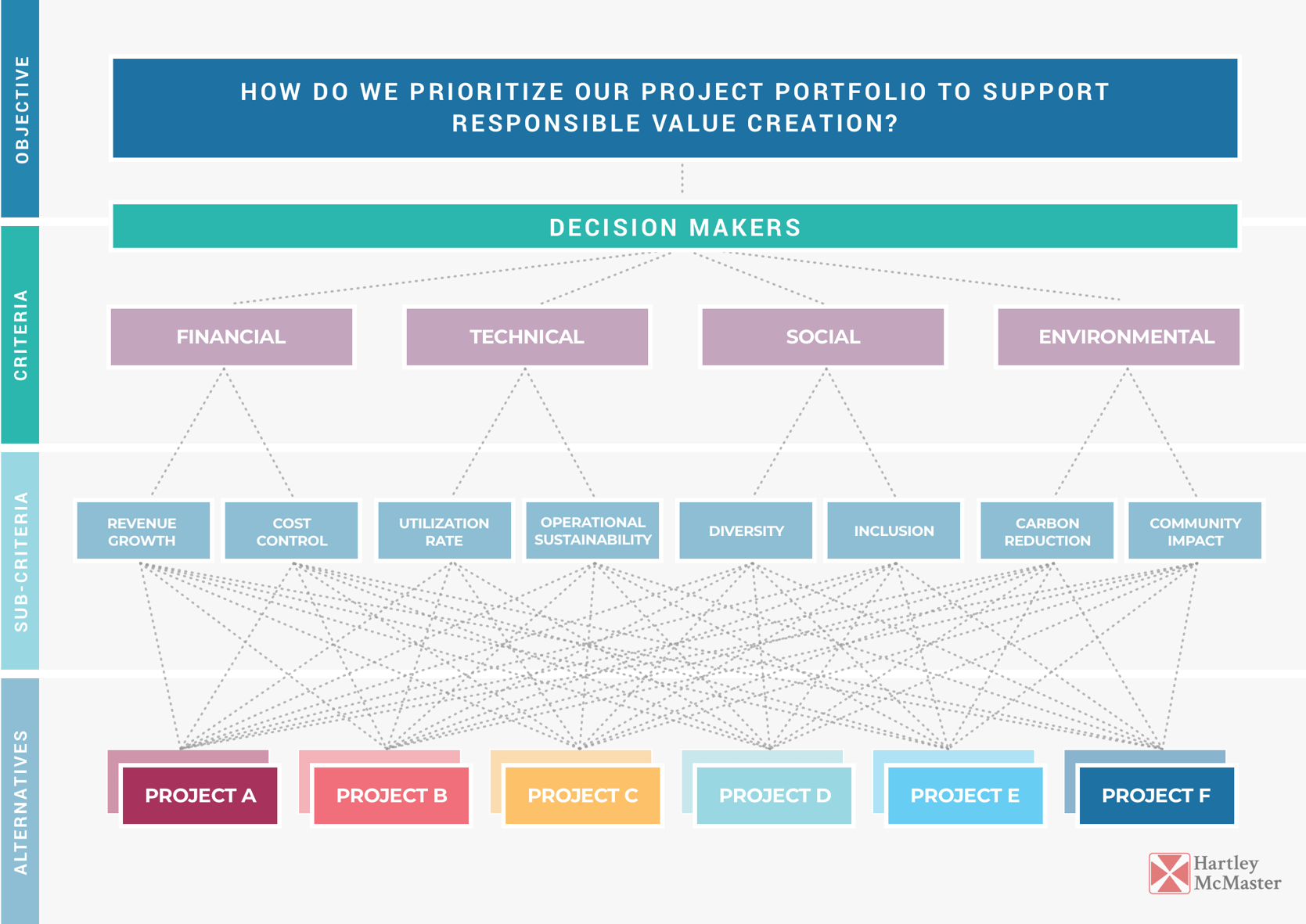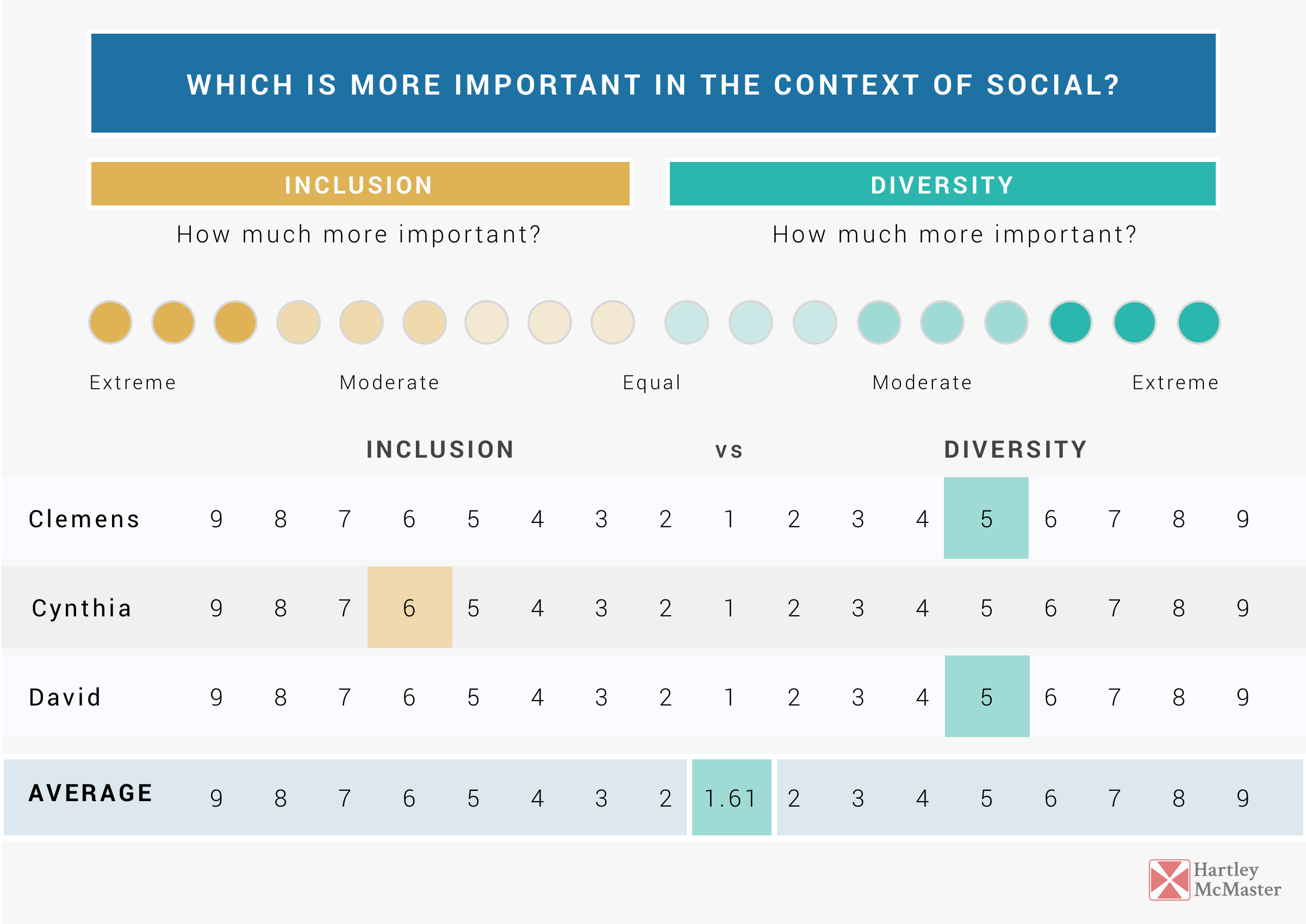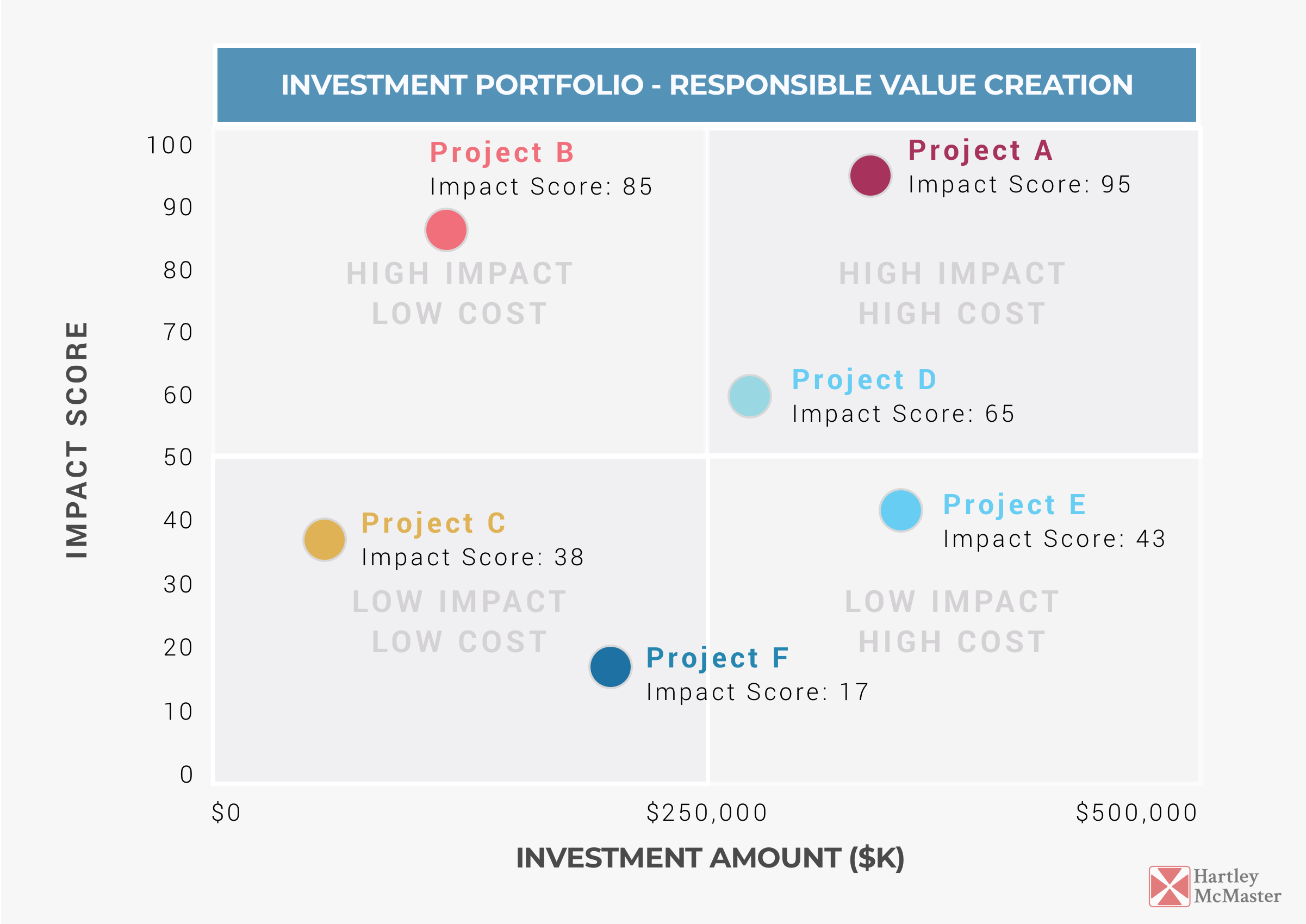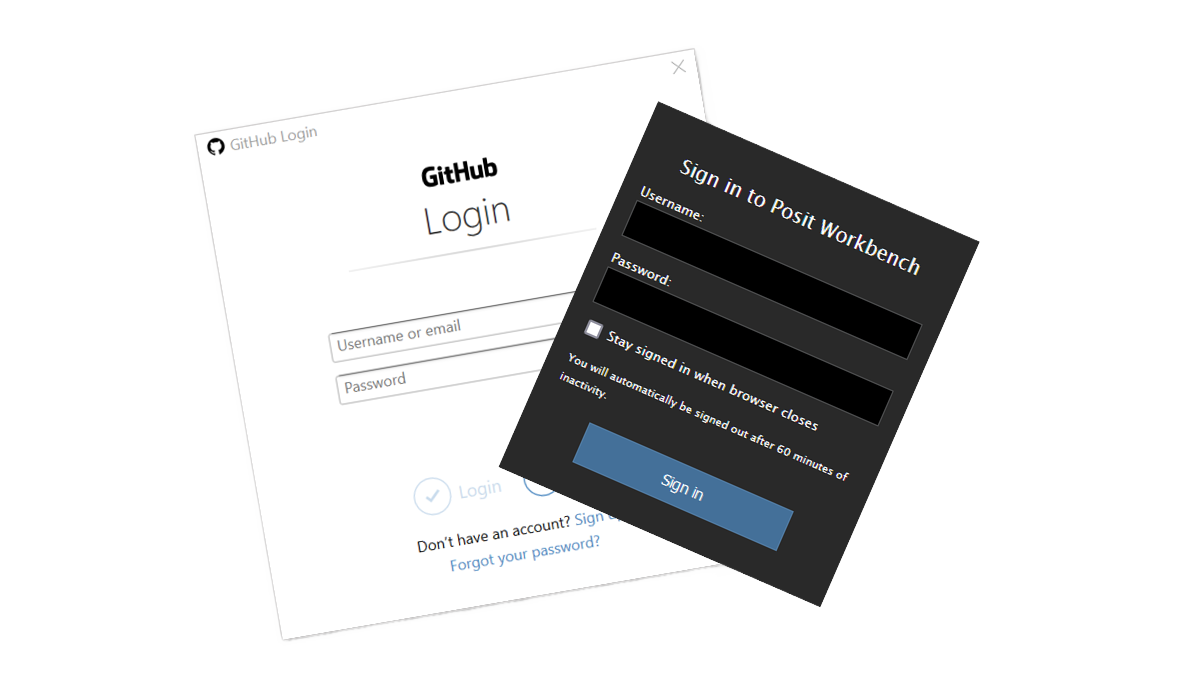Connecting Posit Workbench (RStudio) to GitHub with HTTPS
If you're an RStudio user using Posit Workbench and want to use GitHub for source control (you should), this is the guide for you. There are two ways...
3 min read
 Garkay Wong
Mar 2021
Garkay Wong
Mar 2021

It is very difficult for diversity, equity, and inclusion initiatives to go beyond checklist exercises despite everyone’s best intentions. Much of this has to do with the competing incentives that naturally appear whenever aspects of social good are introduced into profit driven organizations. However, there is a way to incorporate DEI into corporate decision-making to help establish stakeholder alignment about the correct balance between these competing goals. This involves a clever analytical technique that ensures that marginalized voices are guaranteed to have their input included even in organizations with dominating personalities.
Governments have always had to deal with complex and conflicting criteria in their decision-making processes. Take cost versus the quality of services, for example. Increasingly we are seeing private enterprises grappling with similar issues under the label of ESG (environmental, social and governance factors).
Diversity, equity and inclusion (DEI) is a major component of ESG, but most DEI initiatives are treated as risk-avoidance exercises rather than drivers of positive business outcomes. If the investment case for ESG is here to stay, as current trends seem to suggest, then there is a practical reason for integrating DEI criteria into existing incentive structures.
Incentives should be aligned so that DEI, beyond just being the right thing to do, is also the profitable thing to do. There are a variety of existing methodologies that allow for the integration of both DEI perspectives and goals into corporate decision-making processes. These methodologies are broadly categorized under Multi-Criteria Decision Analysis (MCDA) and, of these, the Analytic Hierarchy Process (AHP) is proving to be easiest for corporate leaders to embrace.
The AHP was developed in the 1970s by Professor Thomas L. Saaty as a support tool for decisions containing either conflicting criteria or objectives or high levels of subjectivity. It is rooted in mathematics and psychology and has historically been used to:
A critical question from a DEI perspective might be: “how do we ensure our decision processes benefit from diverse voices and that those decisions are derived in an inclusionary and equitable manner?” While AHP wasn’t designed specifically to address DEI, its underlying structure ensures that diverse voices can be incorporated into a decision model in the following ways:
AHP helps business leaders hear from and take advantage of these diverse voices to evaluate how closely proposed alternatives align with organizational objectives. Besides ranking only traditional criteria such as profitability or risk, we can also rank those against stakeholder views on diversity and inclusion to develop a properly weighted profile against which to assess decision alternatives.
In practice, the use of AHP in and of itself already aids in the collection of diverse viewpoints in making a decision, even if DEI isn’t explicitly defined as an objective. This is because its structure controls for cognitive bias, ensures that viewpoints are collected just prior to active discussion of the topic and uncovers areas of disagreement.

In other words, AHP provides a platform (anonymized where it’s warranted) where even the most junior or soft-spoken stakeholder can feel safe to share their opinion; opinions that senior stakeholders would not otherwise have heard or thought to consider. In the current way of doing things, it isn’t uncommon for many diverse opinions to remain unshared because stakeholders don’t wish to get into an argument with the CEO or otherwise feel exposed. Uncovering conflicting viewpoints provides a valuable opportunity for stakeholders to exchange insights around diverging priorities. A consensus is built around a set of core values against which all decisions can be measured.

The final step of the process allows decision-makers to evaluate how closely different decisions align with the organization’s objectives. Those objectives take into consideration the relative preferences of all stakeholders involved. The process ensures transparency and the ability to audit how a decision was made, increases satisfaction with the decision and trust in the model and avoids “hidden” disagreements that can undermine implementation. Far from being just a feel-good exercise, AHP has a proven, demonstrable and well-documented track record of improving business outcomes by doing the following:
1. Build buy-in for DEI initiatives through a participatory process where stakeholders feel they have not just a seat at the table, but also a voice;
2. Enable stakeholders (especially women and minorities) to integrate their knowledge and viewpoints into the decision model;
3. Increase trust that decision was made in an equitable and inclusionary manner;
4. Allow business outcomes to be influenced by DEI objectives.

There are some things to watch out for. The AHP methodology could be misused to provide false justification that decision outcomes had considered diverse views if those views were overwhelmed when mathematically aggregated with those of other decision participants. Experienced practitioners can help mitigate these issues and ensure models are deployed responsibly.
If the pandemic has proven anything, it is that financial performance must be evaluated alongside long-term value for society and the environment. The integration of values-based decision-making will be a critical success factor for the long-term survival of companies.
This article was originally published in the World Economic Forum in March 2021 .

If you're an RStudio user using Posit Workbench and want to use GitHub for source control (you should), this is the guide for you. There are two ways...

Many companies investing in data analytics struggle to achieve the full value of their investment, perhaps even becoming disillusioned. To understand...

We are cursed to live in interesting times. As I write this, a war in Ukraine rumbles on, we sit on the tail of a pandemic and at the jaws of a...